At a glance
- Cost cutting during the financial crisis may have seen some electrical inspection regimes lapse, but there is a danger businesses are exposing themselves to significant risk
- The HSE has been keeping a close eye on non-compliance with Electricity at Work regulations
For belt-tightening committees, desperate to keep their heads above water in recent years, one area that may have been scaled back is that of the periodic testing of electrical equipment and installations. But with maintenance and inspection regimes hit, there may be a risk that companies have missed faults in ageing electrical equipment which could be exposing their employees to significant risk of injury and their businesses to significant disruption and possible fines.
The Electricity at Work regulations impose a duty of care on employers, employees and self-employed workers to ensure that all electrical equipment or systems are safe to use. It also requires that “so far as is reasonably practicable, you must make sure that electrical equipment and installations are maintained to prevent danger”.
It is an area that the Health and Safety Executive (HSE) has been keeping a close eye on with firms being handed down large fines for non-compliance.
The regulations apply even at the lowest end of the spectrum. There are no voltage limits, only the criteria of whether ‘danger’ may arise.
Danger is defined as the risk of injury and can include burns and those caused by explosions – not just those more usually associated with electric shock.
The quality and frequency of maintenance regimes must be sufficient to avoid danger, according to the regulations, which also require regular inspections as part of those regimes. Dependant on individual policy wording, the frequency of testing can be anything from one to five years.
The HSE is quick to act when it feels inspection and maintenance regimes have failed to protect workers.
Insurance Requirements
Property damage insurers insist, as part of either the new business or renewal process, that all wiring installations are examined and certificated to the latest standards in order to underwrite the risk.
Electrical faults cause over 25% of all fires – failure to have a satisfactory and up to date certificate might result in claims not being paid. In some cases, even where faulty electrics are not the cause of the loss, failure to comply with the policy condition/warranty means the insurers can avoid liability due to none compliance – leaving you uncovered.
Club Insure stipulate that all clubs MUST hold a satisfactory Electrical Installation Condition (EIC) report and certificate to be legally compliant and for their insurance policy to adequately respond. The following bodies: NICEIC, NAPIT, ECA or ELECSA are commonly accepted via our schemes.







